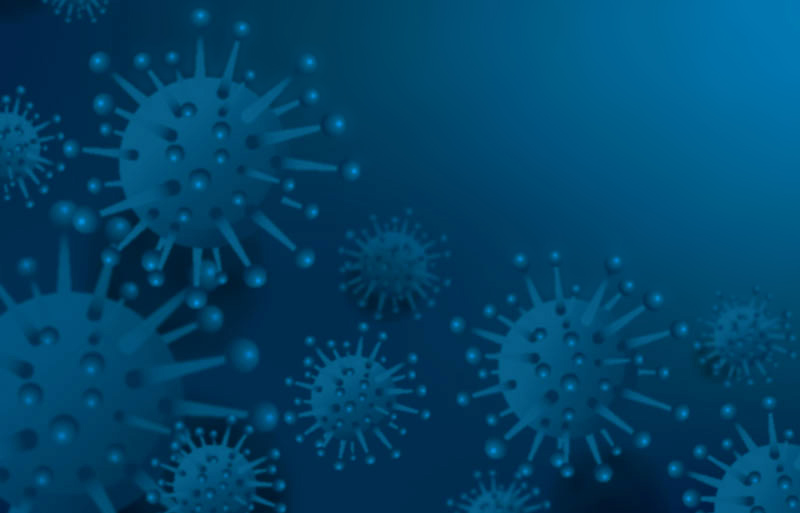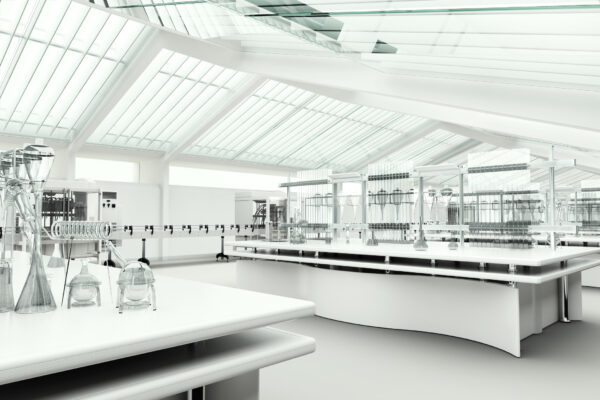UV Disinfection: The Cutting-Edge Technology Transforming Sanitation Practices
In the realm of sanitation techniques, one innovation has arised as a game-changer: UV sanitation. From medical care settings to food processing, UV sanitation is making its mark in different industries.
Just How UV Sanitation Works
UV sanitation works by using ultraviolet light to ruin or suspend microorganisms, giving a very efficient and chemical-free approach of cleanliness. This modern technology harnesses the power of short-wavelength UV-C light, which can damaging the DNA and RNA of microorganisms, thus rendering them unable to duplicate and trigger harm.
The process begins with the setup of UV disinfection systems, which include UV lamps that release UV-C light. These lamps are purposefully placed in locations where microbial contamination is a problem, such as water treatment plants, health centers, labs, and food handling centers.
When microbes are subjected to UV-C light, the photons permeate their cell wall surfaces and reach the DNA and RNA within. The high-energy UV-C photons interfere with the genetic material by creating bonds in between surrounding nucleotides, bring about the formation of thymine dimers. These dimers prevent the microorganisms from duplicating, rendering them harmless.
UV disinfection is extremely efficient versus a vast array of microorganisms, including viruses, bloodsuckers, and microorganisms. It is particularly efficient against waterborne virus like E. coli, Giardia, and Cryptosporidium. UV sanitation is a chemical-free method, removing the demand for possibly harmful disinfectants and reducing the threat of harmful disinfection by-products.
Advantages of UV Sanitation
UV sanitation supplies countless advantages in the area of cleanliness, making it a highly preferred technique for effectively eliminating hazardous microorganisms. Unlike standard sanitation methods that depend on chemicals, UV disinfection makes use of ultraviolet light to damage the DNA of microorganisms, providing them unable to recreate and cause infections.

UV sanitation is additionally very versatile in its applications. It can be made use of in numerous setups, consisting of healthcare facilities, institutions, food handling facilities, and water therapy plants. UV sanitation systems can be quickly integrated right into existing cleanliness methods, offering an added layer of defense versus transmittable illness.
Along with its performance and versatility, UV sanitation is additionally eco-friendly. It does not generate any type of dangerous byproducts or residues, making it a safe and sustainable technique for sanitation - uv surface disinfection. Furthermore, UV sanitation requires minimal upkeep and has a lengthy life-span, resulting in price financial savings over time.
UV Disinfection in Medical Care Settings
In health care setups, UV sanitation has become a groundbreaking technique for properly removing dangerous bacteria. Using UV light to disinfect surface areas and devices has actually gained popularity because of its capacity to offer an extra layer of protection against microorganisms. UV sanitation works by discharging ultraviolet light at a particular wavelength that is lethal to microorganisms, viruses, and other microorganisms. This technology offers a number of advantages in healthcare settings.
Firstly, UV disinfection is a non-chemical technique, making it an ecologically pleasant option compared to typical sanitation methods that usually involve making use of harsh chemicals. Making use of UV light eliminates the demand for chemical disinfectants, lowering the threat of dangerous residue or chemical exposure to both individuals and medical care employees.
In addition, UV disinfection is extremely reliable in killing a variety of microbes, including drug-resistant bacteria such as MRSA and C. difficile. It provides a reputable and constant disinfection procedure, making certain that all surface areas and devices are extensively decontaminated, also in hard-to-reach locations.

UV Disinfection in Food Processing
The application of UV sanitation extends beyond healthcare setups and discovers significant value in the world of food processing. uv surface disinfection. UV disinfection innovation is ending up being progressively popular in the food sector as a result of its ability to successfully get rid of hazardous pathogens and enhance food safety and security
Among the primary benefits of UV disinfection in food processing is its ability to target a large range of microbes, consisting of microorganisms, viruses, and mold and mildews. By utilizing UV light at particular wavelengths, it is possible to interrupt the DNA and RNA of these pathogens, rendering them unable to recreate or trigger harm. This technology can be related to numerous stages of the food processing chain, including surface sanitation, devices sterilization, and water treatment.
UV sanitation gives a chemical-free and non-thermal approach of disinfecting food items. Unlike conventional disinfection methods that rely upon chemicals or warmth, UV innovation does not leave any type of residue or modify the preference, texture, or nutritional worth of the food. This makes it a perfect solution for markets that call for strict adherence to top quality criteria.
Furthermore, UV sanitation systems are very easy to set up and operate, requiring very little upkeep. They can be incorporated into existing handling lines without triggering significant disturbances to the production process. Furthermore, UV systems have a quick treatment time, permitting continual processing and lowering downtime.
The Future of UV Disinfection

One area where UV disinfection is anticipated to make substantial advancements is in the field of healthcare. With the increase of antibiotic-resistant germs and the demand for more reliable sanitation methods, UV light has the potential to play an important function in minimizing healthcare-associated infections. UV sanitation index systems can be used to sanitize weblink surfaces, equipment, and even the air in medical care facilities, aiding to prevent the spread of dangerous pathogens and boost client security.
An additional market that might take advantage of developments in UV sanitation innovation is the food sector. UV light has currently shown to be an efficient approach for decontaminating food and minimizing the risk of foodborne diseases. As technology improves, we can anticipate to see extra reliable and economical UV sanitation systems being executed in food handling plants, making certain that the food we eat is secure and without dangerous germs.
Conclusion
In conclusion, UV sanitation is a sophisticated modern technology that is changing cleanliness practices in medical care settings and food handling. By making use of UV light to eliminate or shut off bacteria, it offers countless advantages such as efficiency, security, and efficiency. With ongoing innovations in this field, UV sanitation holds excellent potential for the future of cleanliness, supplying a lasting and reliable service for keeping clean and hygienic settings.
UV sanitation is a chemical-free method, removing the need for possibly unsafe disinfectants and decreasing the threat of damaging sanitation byproducts.
Unlike typical disinfection techniques check out here that count on chemicals, UV disinfection utilizes ultraviolet light to damage the DNA of microbes, rendering them not able to replicate and create infections. Unlike typical disinfection techniques that count on chemicals or warmth, UV technology does not leave any type of deposit or modify the preference, texture, or nutritional value of the food. As innovation enhances, we can anticipate to see extra effective and cost-effective UV disinfection systems being carried out in food handling plants, ensuring that the food we consume is safe and totally free from damaging bacteria.
In conclusion, UV disinfection is an advanced innovation that is changing sanitation practices in healthcare setups and food handling.